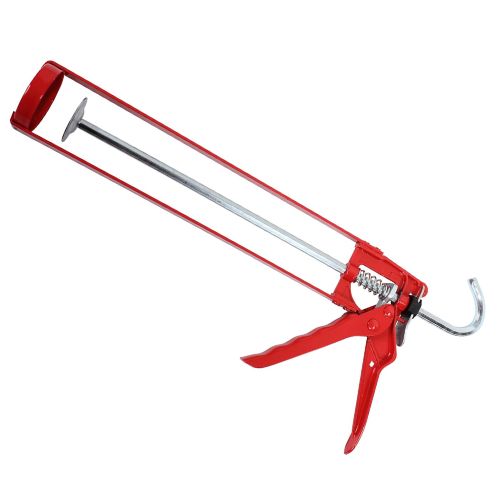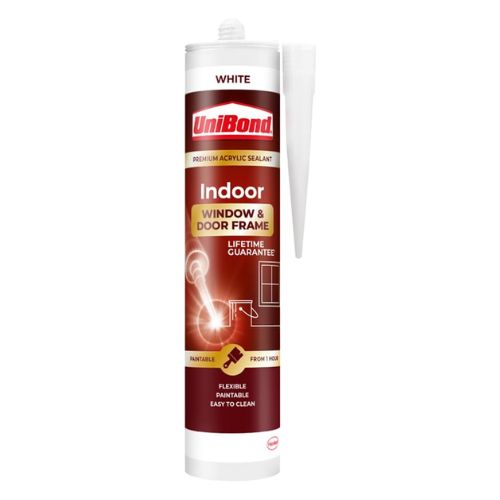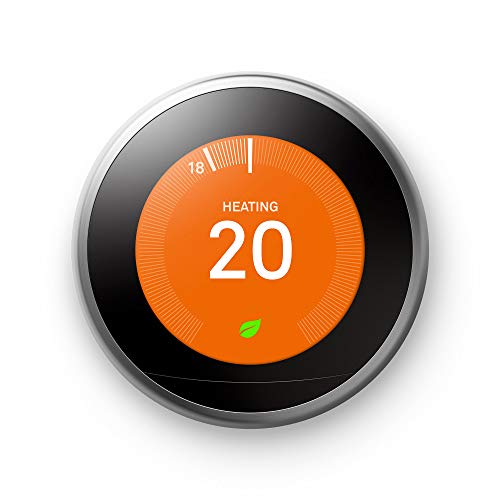How to save money on a gas bill — 8 expert-approved ideas
We share eight expert-approved strategies for cutting the cost of your gas bill and keeping warm this winter
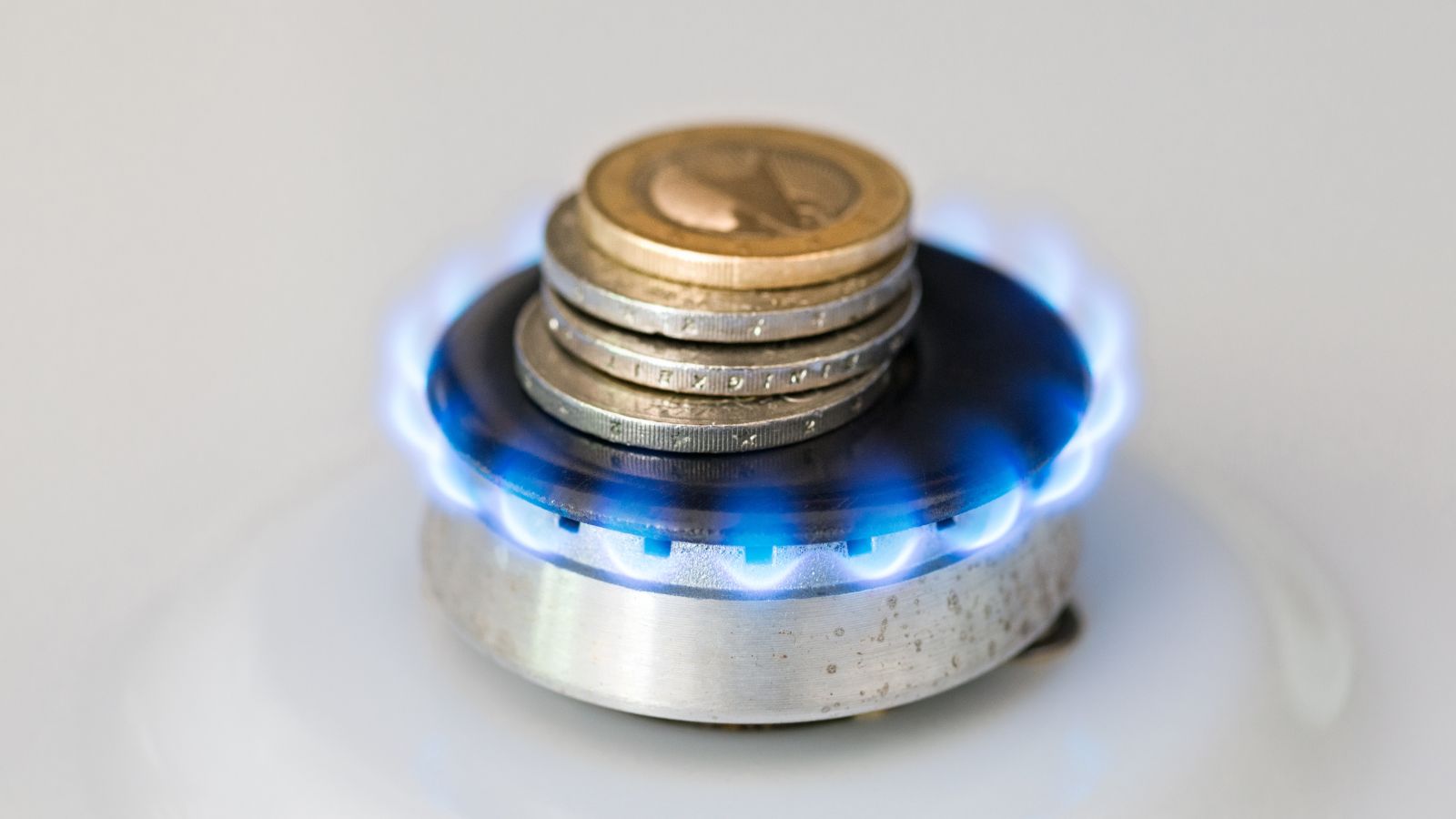
With energy costs climbing and winter just around the corner, keeping your home warm without breaking the bank will be top of mind for many. But while it may seem daunting, there are plenty of simple and effective ways to save money on a gas bill without sacrificing your comfort.
The good news is that saving money on gas doesn’t require major renovations or expensive home upgrades. From sealing chilly draughts to investing in a smart thermostat, small changes can have a big impact on your monthly bills.
Energy professionals know the ins and outs of energy efficiency, and their advice can help you get the most out of your home’s heating system – no matter your home’s size or your budget. Below we share their energy saving tips to help you reduce your gas consumption and keep your home cosy.
How to save money on a gas bill
"With energy bills still being near historic highs, saving energy where you can is the right way to go,” explains Ashton Berkhauer, energy expert at Money SuperMarket. "Not only does reducing heat loss in your home help save on your monthly gas bills, but it also benefits the environment."

Don't let rising energy prices leave you out in the cold. Follow these eight expert tips to keep your bills in check:
1. Improve your home insulation
"An uninsulated home loses about a quarter of its heat through the roof," explains Joanna O'Loan, knowledge manager at Energy Saving Trust. Insulation acts as a protective barrier for your home, effectively retaining heat and reducing the energy required by your heating system. Focus on insulating key areas such as walls, floors and the loft area, and ensure that hot water cylinders and pipes are also properly insulated."
If your home was built after the 1920s, cavity wall insulation could make a big difference, helping to lock in heat and cut down on bills. For older properties, solid wall insulation might be worth exploring. Either option can lead to significant yearly savings on your heating costs, making it a smart investment for a cosier, more energy-efficient home.
“Proper roof insulation is another worthwhile investment," adds Ashton Berkhauer from Money SuperMarket. "While it can cost several hundreds of pounds up front, it can take around £135 off your energy bills each year if you live in a typical semi-detached house."
"Topping up insulation in your loft is a highly effective way of reducing heat loss through the roof," explains Joanna O'Loan. "If you have access through a loft hatch or similar, you can use a ruler to measure the existing insulation’s depth – if it’s less than 15cm, consider adding more to reach the recommended minimum depth of 27cm. Properly installed loft insulation can pay for itself many times over during its 40-year lifespan."

As part of her role in the insight and evaluation team, Joanna O’Loan makes sure the Energy Saving Trust translates energy efficiency and low carbon research into practical and consistent actionable advice for UK homeowners.
2. Address areas of heat loss
The typical UK home loses 15% of its heat through draughts, so Joanna O'Loan from Energy Saving Trust recommends searching for draughts now the cooler weather has arrived. Gaps around windows, doors, chimneys, and floorboards are common culprits.
"Place your hand around windows, doors and skirting boards," says Joanna. "If you feel cool air coming in, you have a draught that you may be able to seal with caulk, brushes, strips or other material available from DIY retailers. Just be careful not to seal ventilation like air bricks or trickle vents and be more cautious in higher moisture rooms like kitchens or bathrooms. It’s important to seek professional advice for any room that has damp."
Draught proofing your home can be as simple and affordable as using caulking around windows to reduce heat loss.
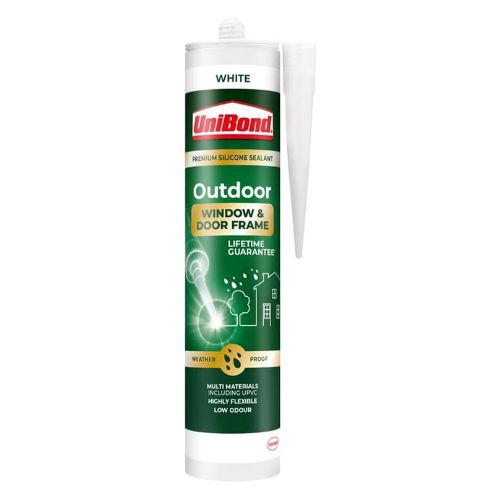
This waterproof sealant provides a durable flexible perimeter seal for exterior window and door frames.
“If you have a chimney, consider a draught excluder to keep warm air in and cold draughts out," adds Joanna O'Loan. "You can choose an inflatable excluder that fits snugly inside your chimney with a small vent for airflow, or a custom-sized one made from breathable materials like wool to retain heat while allowing air to pass through. Make sure to always remove the draught excluder from inside the chimney when you light a fire."
This chimney draught excluder from Amazon is a highly-rated and affordable choice, which can save you up to £55 a year.
“If you can, you should invest in double-glazed windows to reduce your heating bills," recommends Ashton Berkhauer from Money SuperMarket. "Alternatively, floor-length curtains that are close to the wall and window can also retain the warmth in your home."
3. Install draught excluders on doors
While chimneys and windows are obvious places to seal, don’t forget about doors. Installing draught excluders on both internal and external doors is an easy way to block cold air from entering and stop warm air from escaping. Rubber seals or brush strips are inexpensive and simple to install, potentially saving you an additional 5-10% on your heating costs.
External doors are particularly prone to allowing cold air in. You may want to consider fitting a letterbox brush or cover, as well as a keyhole cover, to further reduce any sources of draughts.
For interior doors, especially those leading to unheated areas such as hallways, utility rooms, or garages, draught excluders can also help to retain warmth in the rooms you use most. Even a simple solution like a fabric draught excluder placed along the bottom of the door can make a noticeable difference in reducing heat loss.
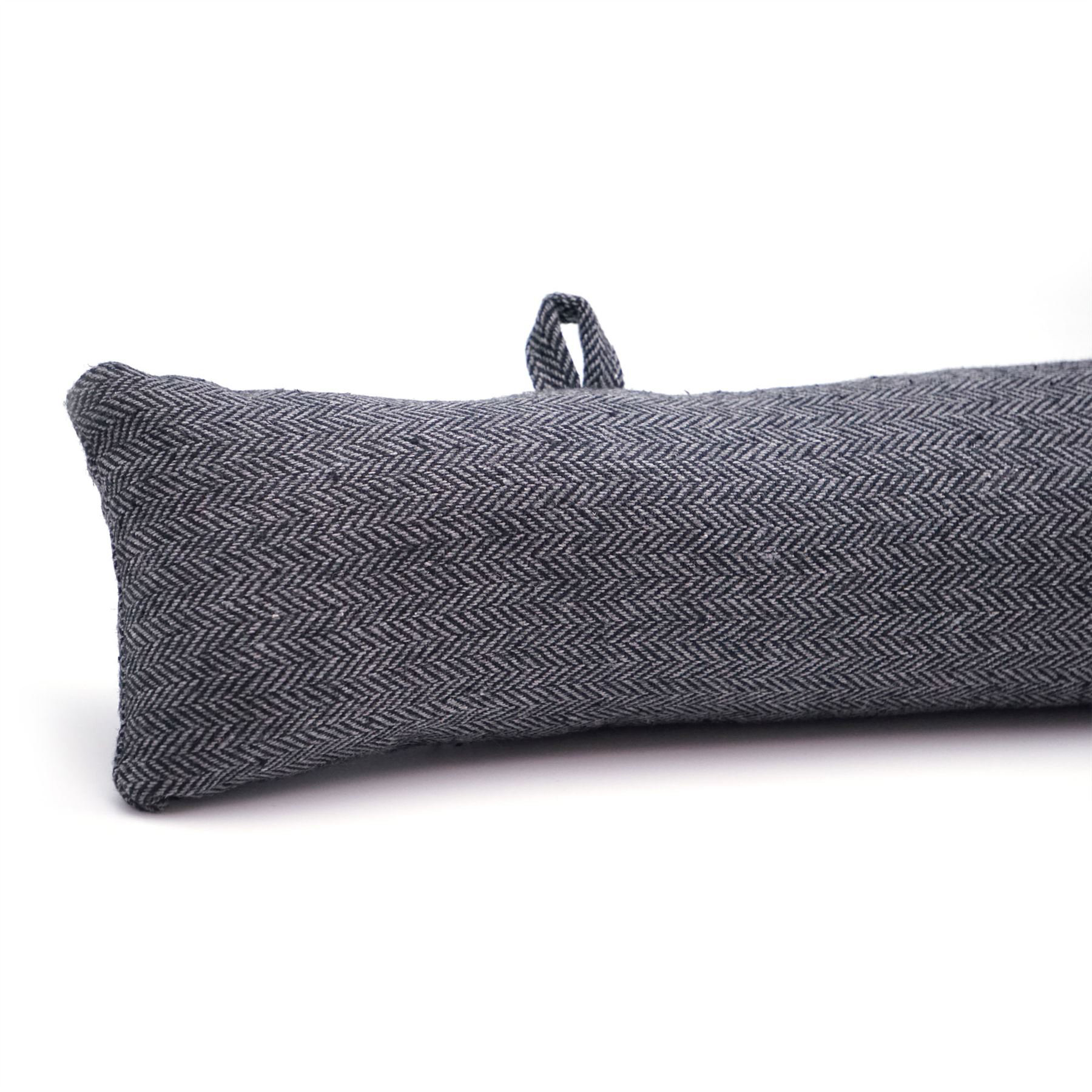
This set of 2 Nicola Spring draught excluders offers a way to keep doors in place and block pesky draughts. The set includes two hooks for securing the excluders to doors or hanging them when not in use.
4. Buy a smart thermostat
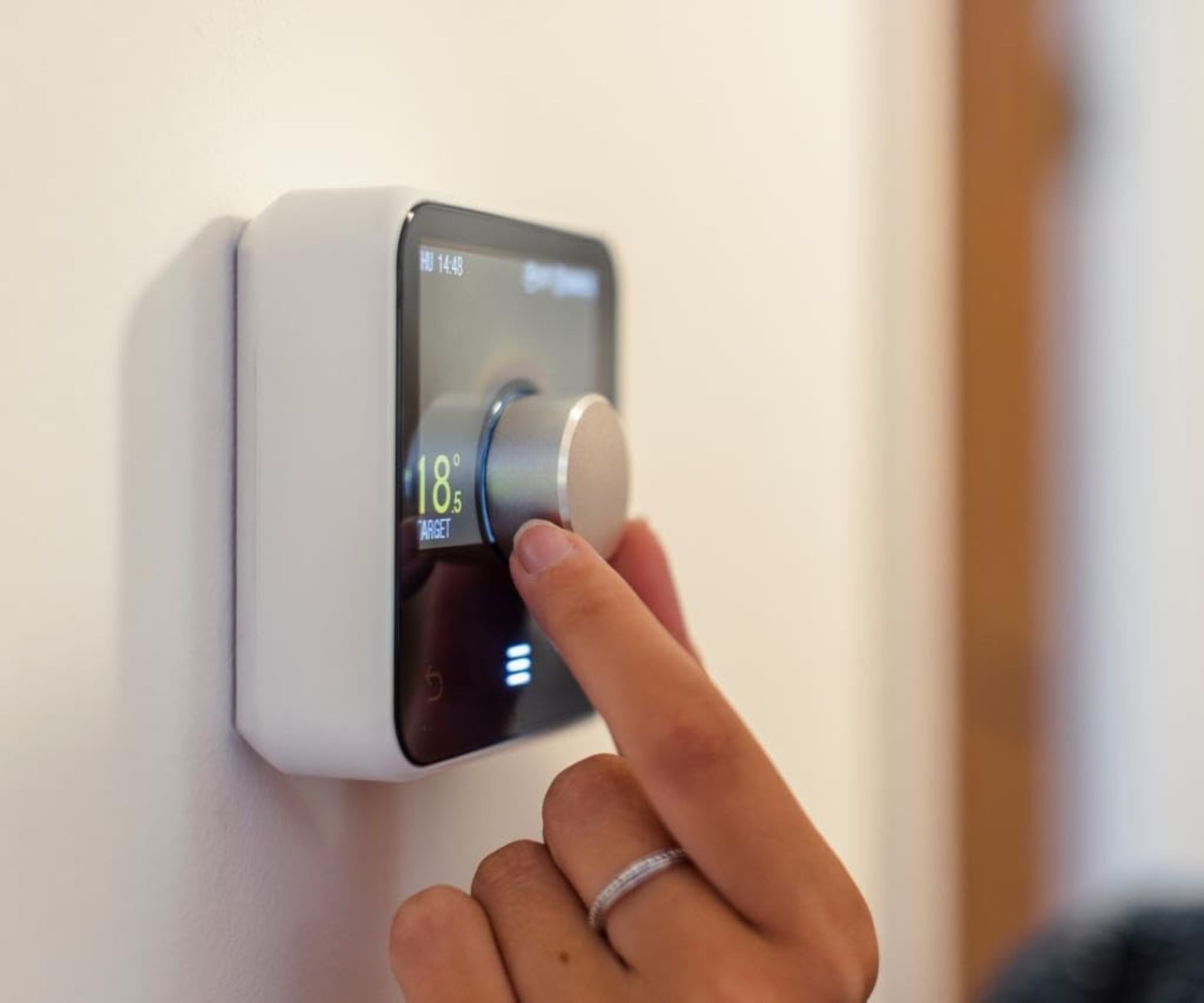
“Upgrading to a smart thermostat is a simple way to reduce gas consumption by giving you precise control over your heating, only warming rooms in use," explains Ashton Berkhauer. Smart energy-saving devices are available from various retailers, and many models allow you to control heating remotely via your phone.
Smart thermostats offer a modern approach to heating controls, combining convenience with savings. They can learn your schedule, adjusting temperatures automatically, and many integrate with smart home assistants like Alexa or Google Home for seamless control. Below are three popular choices:
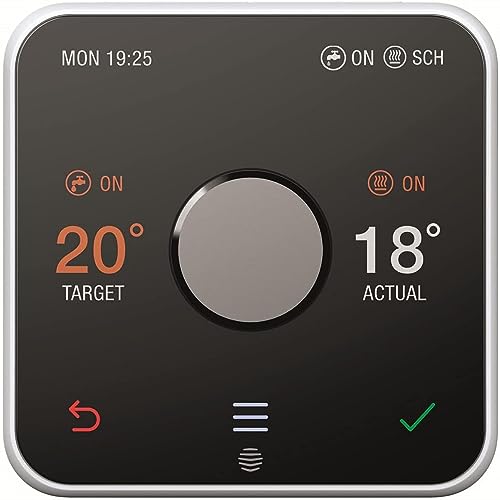
The Hive Active Heating Thermostat allows you to control your heating and hot water remotely via the Hive app, offering features such as scheduling, manual control, and frost protection.
5. Replace gas guzzling appliances
The efficiency of your appliances, such as ovens, has a direct impact on your gas bill. Joanna O'Loan explains, “Certain home appliances come with an energy rating label, making it easier to compare products and choose a more energy-efficient model. Most appliances are rated A to G, with A being the most efficient." Opting for energy-efficient models reduces both consumption and costs.
"Ovens use an older rating scale," Joanna continues. "The most energy efficient gas and electric ovens are rated A+++, while the least efficient are rated G. Fan-assisted ovens are more energy-efficient because they circulate air around the food, allowing for lower cooking temperatures. Electric hobs are more efficient than gas rings but may cost more to use because of the difference in gas and electricity prices. When choosing an oven, look for one with a triple-glazed door as it retains heat better and cooks your food faster.”
6. Consider upgrading your boiler
“Heating and hot water accounts for more than half of what you spend in a year on energy bills, so an efficient boiler makes a big difference," explains Joanna O'Loan. “If you have a mains gas connection, a modern condensing gas boiler generally offers the lowest running costs for heating and hot water. According to our average fuel prices, gas is the most economical heating fuel per kWh, compared to oil, electricity, LPG, and house coal.
"Some types of boiler are more efficient than others, so if you’re choosing a new boiler, it’s worth chatting with multiple installers to understand your options. To reduce your carbon emissions, consider a low carbon heating option like a heat pump, which may also lower your running costs depending on the system and fuel being replaced."
If your boiler is more than 10 years old, it might be time to consider an upgrade. An older boiler might only be 70% efficient, which means higher bills for the same amount of warmth.
7. Shop around for energy saving deals
One of the simplest ways to save on your gas bill is by ensuring you’re on the best deal available. Energy suppliers frequently change their tariffs, so it’s worth shopping around to make sure you're not paying more than you need to. Use price comparison websites such as MoneySuperMarket, USwitch, or CompareTheMarket to compare the latest deals.
According to Ashton Berkhauer, many suppliers offer incentives for switching energy suppliers, such as cashback or discounted rates for a fixed term. You might also consider opting for a variable-rate tariff, especially if gas prices are expected to fall, or locking in a fixed rate if you want to protect yourself from price hikes. Some suppliers offer bundled deals, such as gas and electricity together, which could offer further savings.
8. Use heating only when needed
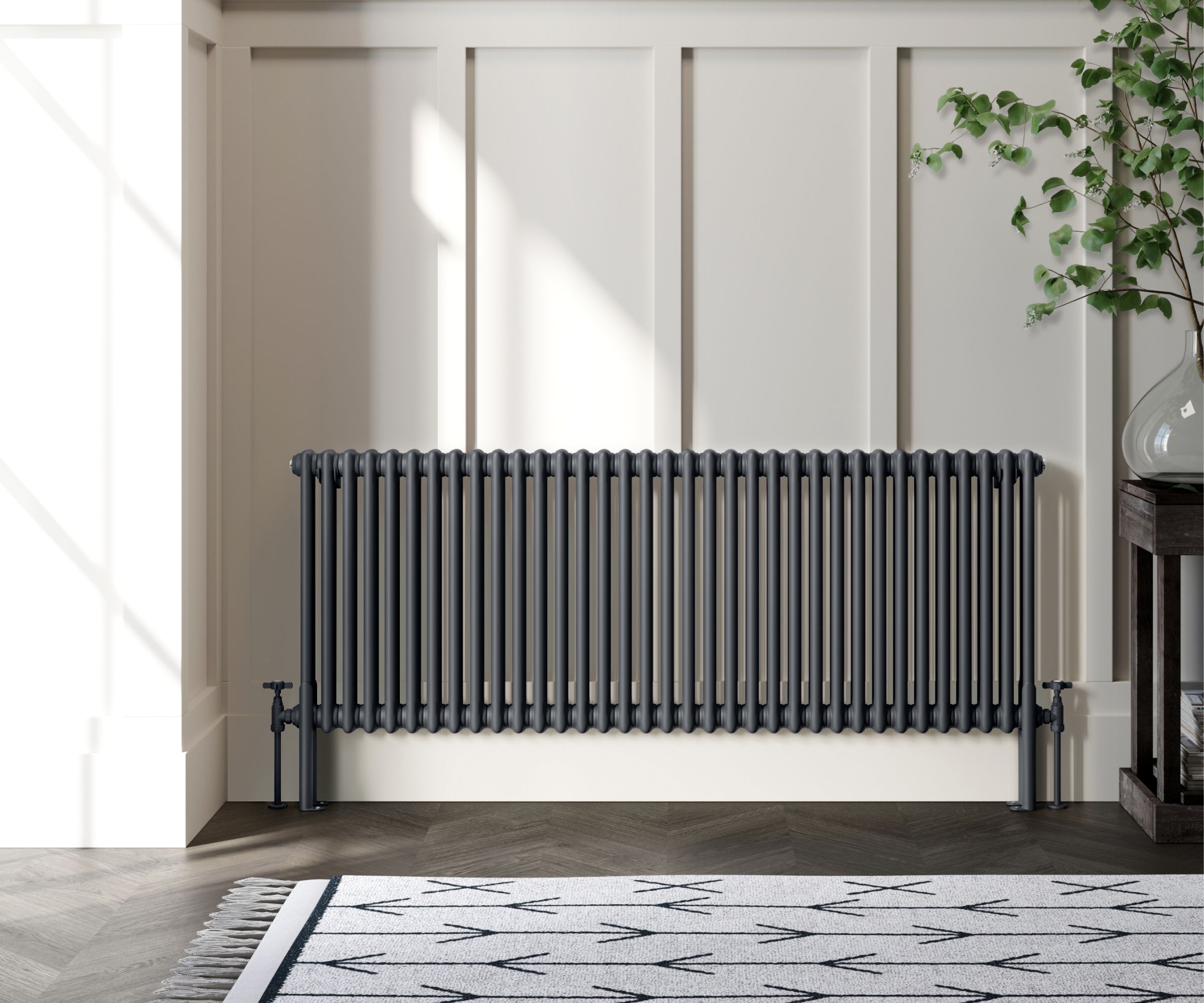
There's an ongoing debate about whether it's more efficient to leave your heating on low all day or to turn it on for short bursts when needed. While some argue that keeping your heating on low continuously saves energy, most experts agree that it’s more efficient to only heat your home when necessary.
“The best way to control your heating depends on your home's insulation, your schedule, and the type of heating system you have," explains Joanna O'Loan from Energy Saving Trust. "If you use a gas or oil boiler and the house is empty during the day, it's more cost-effective to set a timer so the heating only turns on when you're home. Use this control alongside your thermostat, which you should set to the lowest comfortable temperature, usually between 18°C and 21°C. This allows the boiler to maintain a steady temperature in your home, without overheating and wasting energy."
“If you have a heat pump, it's generally more efficient to keep them running consistently, even when no one is home, as they perform better when they don't need to warm the house from a very low temperature. If you’re out for long periods of the day, or overnight, you might want to consider setting a ‘set back’ temperature, a temperature a bit lower than you’re comfortable with but that prevents the house from cooling down too much."
If you find that your home feels consistently chilly during the winter months and you're struggling to keep up with rising costs, you should check if you’re eligible for benefits based on your income or household situation. For example, living alone might qualify you for financial assistance. Grants like the Warm Home Discount Scheme may also be available to help with fuel costs.
Get the Homebuilding & Renovating Newsletter
Bring your dream home to life with expert advice, how to guides and design inspiration. Sign up for our newsletter and get two free tickets to a Homebuilding & Renovating Show near you.

Gabriella is an interiors journalist and has a wealth of experience creating interiors and renovation content. She was Homebuilding & Renovating's former Assistant Editor as well as the former Head of Solved at sister brand Homes & Gardens, where she wrote and edited content addressing key renovation, DIY and interior questions.
She’s spent the past decade crafting copy for interiors publications, award-winning architects, and leading UK homeware brands. She also served as the Content Manager for the ethical homeware brand Nkuku.
Gabriella is a DIY enthusiast and a lover of all things interior design. She has a particular passion for historic buildings and listed properties, and she is currently in the process of renovating a Grade II-listed Victorian coach house in the West Country.
